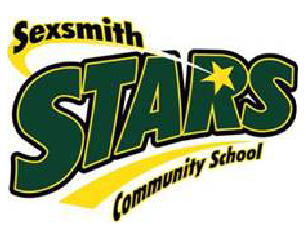Communicating Student Learning
Communicating Student Learning

The Vancouver School District has changed how information is shared about how elementary students are progressing in their learning. This change aligns with BC’s redesigned curriculum and is called Communicating Student Learning or CSL.
Communicating Student Learning provides regular and ongoing information that allows both learners and parents to gauge where children are in their learning, what they are working toward, and the ways in which that learning can be supported. Its purpose is to describe a student’s learning in a way that supports their learning and advances it, rather than simply measuring and reporting it. The new reporting method follows a successful two-year pilot project involving 70 elementary schools and after gathering extensive feedback from parents throughout the pilot.
In alignment with Communicating Student Learning, student report cards will transition to a new format that includes strengths-based language and a proficiency scale to show achievement in the subject areas. This reporting structure is intended to give parents and students a full picture of how students are doing at school, how their learning is developing and areas of focus for continued progress.
Communicating Student Learning report cards will include:
Written comments addressing:
- student learning strengths
- areas for growth
- ways to support learning
A student proficiency scale for each subject area (in relation to grade level expectations):
- BEGINNING to acquire knowledge, skills, strategies, and processes
- DEVELOPING the ability to apply knowledge, skills, strategies, and processes
- APPLYING knowledge, skills, strategies, and processes consistently
- EXTENDING knowledge, skills, strategies, and processes creatively and strategically
When can you expect to receive reports about your child’s progress?
Parents can expect to receive a minimum of five communications about your child’s learning throughout the school year.
Two formal written reports:
- A mid-year progress report will be sent home to families by the end of January.
- It will indicate where the child is at that point in the school year in relation to the age/grade expectations using written comments and a proficiency scale. It will also include suggested ways to support learning over the rest of the year.
- It will also include a summary of the progress toward the goals in the child's Individual Education Plan (IEP), where applicable.
- A summative report that will be sent home to families by the end of June.
- It will indicate where the child ended the school year in relation to the age/grade expectations using written comments, a proficiency scale, and will include the student's self-assessment of the Core Competencies (Communication, Thinking, and Personal and Social).
- It will also include a summary of the progress toward the goals in the child's Individual Education Plan (IEP), where applicable.
A minimum of three ongoing communications with families (timing at the teacher’s decision):
- These ongoing communications will happen in different ways and at different times throughout the school year. They may be a three-way (student, parent, teacher) conference, an electronic portfolio review, a parent/teacher meeting, reflections on student work, an online platform, a telephone conversation, an interim written report, or demonstrations of learning.
More information and FAQs can be found on the District website at GoVSB.ca/CommunicatingStudentLearning.
This update in assessment and reporting practices (2020) provides students with meaningful information and feedback about their learning, so that they can monitor their progress towards the learning goals they have set. Parents are involved as partners in a dialogue about their child’s progress, and the best ways to support and improve learning. We look forward to working with parents as reporting changes for your child and you are encouraged to take an active part in giving feedback, setting goals and supporting learning.

